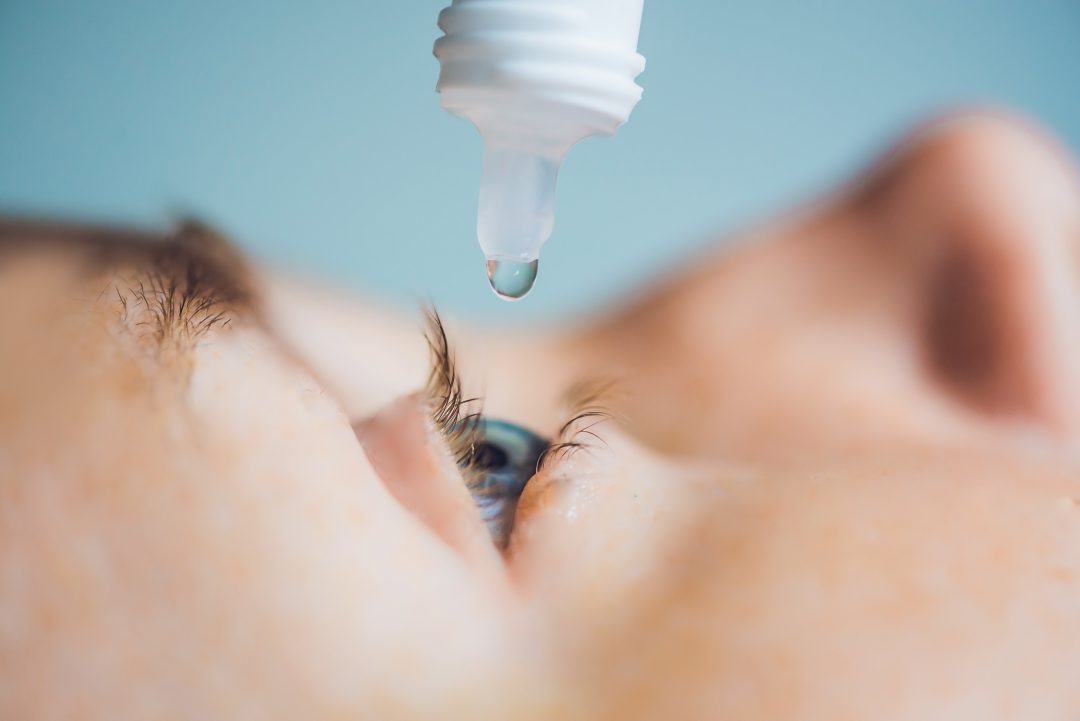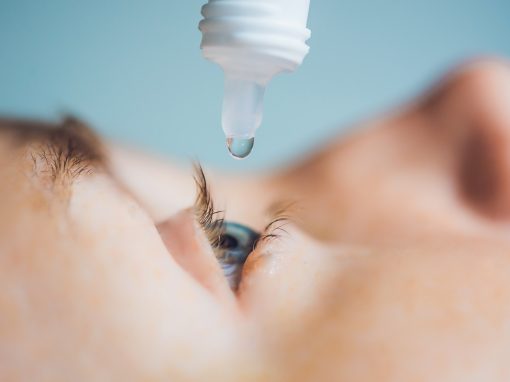C 673/18 (SANTEN SAS VS DIRECTEUR GÉNÉRAL DE L’INSTITUT NATIONAL DE LA PROPRIÉTÉ INDUSTRIELLE)
In an eagerly awaited decision, the CJEU has confirmed that Supplementary Protection Certificates (SPCs) are not available for new therapeutic applications of previously approved active ingredients.
Background
Supplementary Protection Certificates (SPCs) are available under EU law to effectively compensate patent owners for some of the lost patent protection that inevitability occurs due to the time it takes to obtain marketing authorisation.
Article 3 of the SPC regulation sets out the conditions for obtaining an SPC. One of the fundamental requirements, as set out in Article 3(d), is that the marketing authorisation (MA) relied upon must be the first MA to place the product on the market as a medicinal product.
Notably, Article 1(b) defines what constitutes a ‘product’, namely the active ingredient or combination of active ingredients in a medicinal product.
Thus from a literal reading of the SPC regulation, it appears clear that SPCs should not be available for new therapeutic applications of previously approved active ingredients.
However, in its judgement of 19 July 2012 in Neurim (C-130/11) , the CJEU ruled as follows:
Articles 3 and 4 of Regulation (EC) No 469/2009 of the European Parliament and of the Council of 6 May 2009 concerning the supplementary protection certificate for medicinal products must be interpreted as meaning that, in a case such as that in the main proceedings, the mere existence of an earlier marketing authorisation obtained for a veterinary medicinal product does not preclude the grant of a supplementary protection certificate for a different application of the same product for which a marketing authorisation has been granted, provided that the application is within the limits of the protection conferred by the basic patent relied upon for the purposes of the application for the supplementary protection certificate” {emphasis added}
This was interpreted by many, including Santen in the present case, to mean that an MA for a new therapeutic application of a previously authorised active could support the grant of an SPC.
And herein lies the basis for the present referral.
In more detail, when Santen, a pharmaceutical laboratory specialising in ophthalmology, applied to the Institut National de la Propriété Industrielle (INPI) in France for an SPC for its product Ikervis, an ophthalmic emulsion for the treatment of severe keratitis in adult patients with dry eye disease, it was refused. The SPC application was refused on the ground that, in 1983, an MA had been granted for a medicinal product, Sandimmun, with the same active ingredient as Ikervis, namely ciclosporin. Despite the fact that Sandimmun was presented in the form of an oral solution for a different therapeutic application, the Director-General of the INPI found that Article 3(d) was not satisfied. Santen appealed and the Cour d’appel de Paris, after considering the Neurim judgement, referred the following questions to the CJEU:
(1) Must the concept of a “different application” within the meaning of the judgment in Neurim be interpreted strictly, that is to say:
a. as being limited only to the situation where an application for human use follows a veterinary application;
b. or as relating to an indication within a new therapeutic field, in the sense of a new medical specialism, as compared with the earlier MA, or to a medicinal product in which the active ingredient acts differently from the way in which it acts in the medicinal product to which the first MA related;
c. or more generally, in the light of the objectives of [Regulation No 469/2009] of establishing a balanced system taking into account all the interests at stake, including those of public health, must the concept of a “new therapeutic use” be assessed according to stricter criteria than those for assessing the patentability of the invention;
or must it on the other hand be interpreted broadly, that is to say, as including not only different therapeutic indications and diseases, but also different formulations, posologies and/or means of administration?
(2) Does the expression “[application] within the limits of the protection conferred by the basic patent” within the meaning of the judgment in Neurim, mean that the scope of the basic patent must be the same as that of the MA relied upon and, therefore, be limited to the new medical use corresponding to the therapeutic indication of that MA?’
Judgement ( C‑673/18)
With reference to the Explanatory Memorandum to the SPC regulation, which the CJEU argued makes clear that the SPC regime was devised to reward the bringing on to the market of new active ingredients or new combinations of active ingredients and not all pharmaceutical research giving rise to the grant of a patent, the CJEU ruled that:
“Article 3(d) of Regulation (EC) No 469/2009 of the European Parliament and of the Council of 6 May 2009 concerning the supplementary protection certificate for medicinal products must be interpreted as meaning that a marketing authorisation cannot be considered to be the first marketing authorisation, for the purpose of that provision, where it covers a new therapeutic application of an active ingredient, or of a combination of active ingredients, and that active ingredient or combination has already been the subject of a marketing authorisation for a different therapeutic application.”
In light of the above, it now seems clear that under no circumstances can a new MA for a previously authorised active be used as a basis to obtain an SPC.
Put another way, SPCs will need to be based on the first MA for an active ingredient or combination of active ingredients.
Whilst generic companies will no doubt welcome such a clarifying decision, pharmaceutical companies in Santen’s position will undoubtedly lose out.
Share this article
Our news articles are for general information only. They should not be considered specific legal advice, which is available on request.









